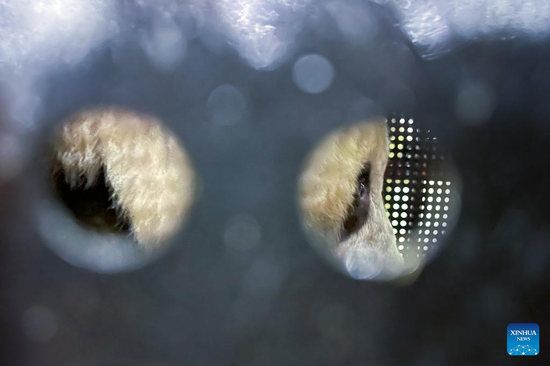American consumers aren't happy paying more than twice as much as last year to buy eggs in grocery stores, but the major reason besides inflation behind the increase may point to a potential bird flu pandemic, according to scientists.
The H5N1 bird flu has been killing millions of poultry birds and wild birds worldwide and has been fatally transmitted to mammals.
As bird flu infects more animals, scientists warn that the virus could evolve into a form in which it might spread more easily among people and trigger another pandemic.
According to the World Organization for Animal Health, at least 60 countries have recently experienced outbreaks of H5N1, killing more than 200 million birds due to disease or mass culling.
In the US, bird flu has been detected in wild birds in every state, and more than 58 million poultry birds have been slaughtered in 47 states on more than 300 farms due to bird flu infection, resulting in rising prices for the eggs and meat of chickens and turkey.
Bird flu also has resulted in heavy economic losses.
The current outbreak has cost the US government about $661 million. In addition, the mass culling of infected poultry and resulting rising prices for consumers can easily add another $1 billion to the losses. The current outbreak also hasn't shown signs of relenting.
Last week, Argentina and Uruguay declared national health emergencies after H5N1 bird flu outbreaks, making it 10 South American countries that have encountered the virus.
In Peru, government data showed that across the country, 63,000 birds, mostly pelicans, and more than 700 sea lions have died of the virus.
"We have also recorded since mid-January the unusual death of many sea lions; so far we have about 716 dead sea lions in seven protected natural areas of the coast," said Roberto Gutierrez, head of surveillance of the National Service of Natural Protected Areas.
In Europe, a bird flu outbreak was reported to have occurred at a mink farm in Spain last October. The minks were fed poultry, and bird flu was found among the wild birds in the region. It is believed that it was transmitted from mink to mink.
Bird flu also has killed mammals such as foxes, raccoons, skunks and bears. According to the US Centers for Disease Control and Prevention (CDC), it also infected domestic mammals such as pigs, cats and dogs in China, Thailand, the Netherlands, Germany and Austria. It also was discovered in tigers and leopards at zoos in Thailand.
Scientists have been monitoring the H5N1 bird flu since the 1950s. It didn't pose a threat to people until 1997, when there was a breakout of bird flu in Hong Kong that infected 18 people, killing six.
Since 1997, the World Health Organization (WHO) has recorded about 870 human infections of H5N1 and 457 related deaths in 20 countries — a mortality rate of 52 percent.
In recent years, the spread of this particular bird flu has slowed — 170 infections and 50 deaths in the past seven years were recorded. In most cases, people contracted the bird flu directly from infected birds.
The first and only case in the United States was recorded last April, when a prison inmate in a work program got infected while killing infected birds at a poultry farm in Montrose County, Colorado. His only symptom was fatigue.
However, scientists found that the bird flu virus also has spread from one person to another. Such cases have been reported in Thailand, Vietnam, Indonesia, China and Pakistan. In each infection cluster, it spread within families at home. So far, it seems not to spread as easily through casual contact like the flu.
However, scientists said that the increase in infections among mammals and the opportunities to mix with other flu viruses might make it mutate to spread to people easier.
"And then we would be in a really tough situation," Dr Luis Ostrosky, chief of infectious diseases and epidemiology at the University of Texas Health Science Center at Houston, told the Chicago Sun-Times.


















































 京公网安备 11010202009201号
京公网安备 11010202009201号